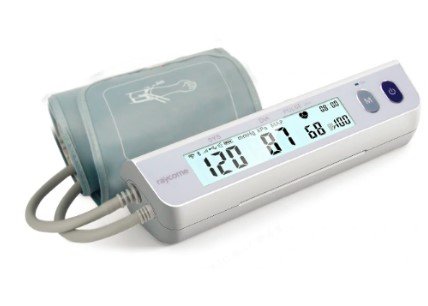Proper Handling and Disposal of Medical Devices: Regulations and Guidelines for Phlebotomists in the US
Summary
- Phlebotomists in the United States must adhere to strict Regulations and guidelines when handling and disposing of medical devices.
- These Regulations ensure the safety of patients, healthcare workers, and the environment.
- Proper handling and disposal of medical devices are crucial in preventing the spread of infections and maintaining a clean and safe healthcare environment.
Introduction
Medical lab and phlebotomy procedures play a crucial role in the healthcare system, especially when it comes to diagnosing diseases and monitoring patient health. Phlebotomists, in particular, are responsible for drawing blood samples from patients for testing and analysis. As such, it is important for phlebotomists to follow specific Regulations and guidelines when handling and disposing of medical devices to ensure the safety of patients, healthcare workers, and the environment.
Regulations and Guidelines for Handling Medical Devices
1. Use of Personal Protective Equipment (PPE)
Phlebotomists in the United States are required to wear appropriate personal protective equipment (PPE) when handling medical devices. This includes gloves, face masks, and eye protection to prevent exposure to bloodborne pathogens and other potentially infectious materials. PPE helps to protect both the phlebotomist and the patient from the spread of infections during blood collection procedures.
2. Proper Disinfection Procedures
It is essential for phlebotomists to follow proper disinfection procedures when handling medical devices. This includes cleaning and disinfecting all equipment and surfaces that come into contact with blood or other body fluids. Phlebotomists must use approved disinfectants and follow manufacturer guidelines for cleaning and sterilization to prevent the spread of infections.
3. Safe Needle Disposal
Phlebotomists must follow strict guidelines for the disposal of needles and other sharps after blood collection procedures. Sharps containers should be used to safely dispose of used needles to prevent Needlestick Injuries and the spread of bloodborne pathogens. Phlebotomists should never recap needles or try to bend or break them before disposal.
4. Proper Storage of Medical Devices
Phlebotomists must ensure that medical devices, such as needles, syringes, and blood collection tubes, are stored properly to maintain their sterility and integrity. Proper storage conditions help to prevent contamination and ensure the accuracy of Test Results. Medical devices should be stored in a clean and organized manner to facilitate easy access during blood collection procedures.
5. Compliance with OSHA Regulations
Phlebotomists must comply with Occupational Safety and Health Administration (OSHA) Regulations related to the handling and disposal of medical devices. OSHA standards aim to protect healthcare workers from occupational hazards, including exposure to bloodborne pathogens. Phlebotomists must receive proper training on OSHA Regulations and guidelines to ensure compliance and maintain a safe work environment.
Importance of Proper Handling and Disposal of Medical Devices
Proper handling and disposal of medical devices are crucial for maintaining a safe and clean healthcare environment. Phlebotomists play a vital role in preventing the spread of infections and protecting the health of patients and healthcare workers. By following specific Regulations and guidelines, phlebotomists can ensure the safety and well-being of all individuals involved in the blood collection process.
Conclusion
In conclusion, phlebotomists in the United States must adhere to strict Regulations and guidelines when handling and disposing of medical devices. By following proper procedures for the use of personal protective equipment, disinfection, needle disposal, and storage of medical devices, phlebotomists can help prevent the spread of infections and maintain a safe healthcare environment. Compliance with OSHA Regulations is essential to ensure the safety of healthcare workers and prevent occupational hazards. Overall, proper handling and disposal of medical devices are essential for the effective and efficient operation of medical labs and phlebotomy services.

Disclaimer: The content provided on this blog is for informational purposes only, reflecting the personal opinions and insights of the author(s) on the topics. The information provided should not be used for diagnosing or treating a health problem or disease, and those seeking personal medical advice should consult with a licensed physician. Always seek the advice of your doctor or other qualified health provider regarding a medical condition. Never disregard professional medical advice or delay in seeking it because of something you have read on this website. If you think you may have a medical emergency, call 911 or go to the nearest emergency room immediately. No physician-patient relationship is created by this web site or its use. No contributors to this web site make any representations, express or implied, with respect to the information provided herein or to its use. While we strive to share accurate and up-to-date information, we cannot guarantee the completeness, reliability, or accuracy of the content. The blog may also include links to external websites and resources for the convenience of our readers. Please note that linking to other sites does not imply endorsement of their content, practices, or services by us. Readers should use their discretion and judgment while exploring any external links and resources mentioned on this blog.
